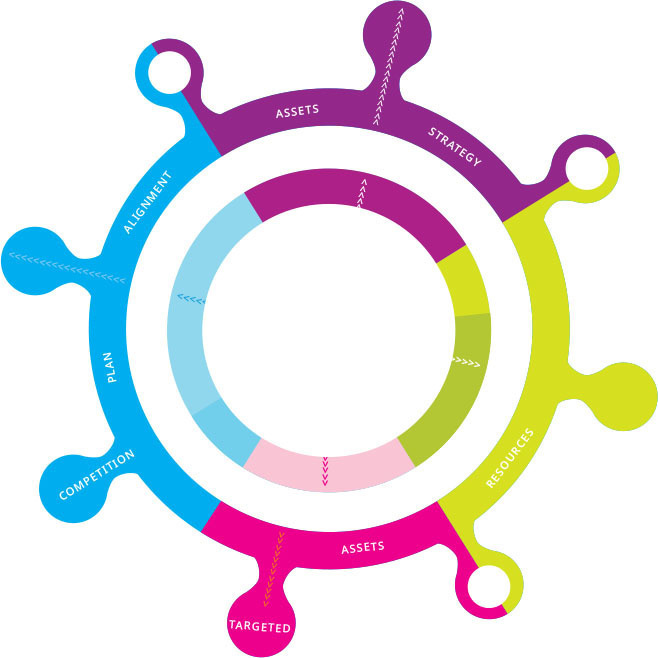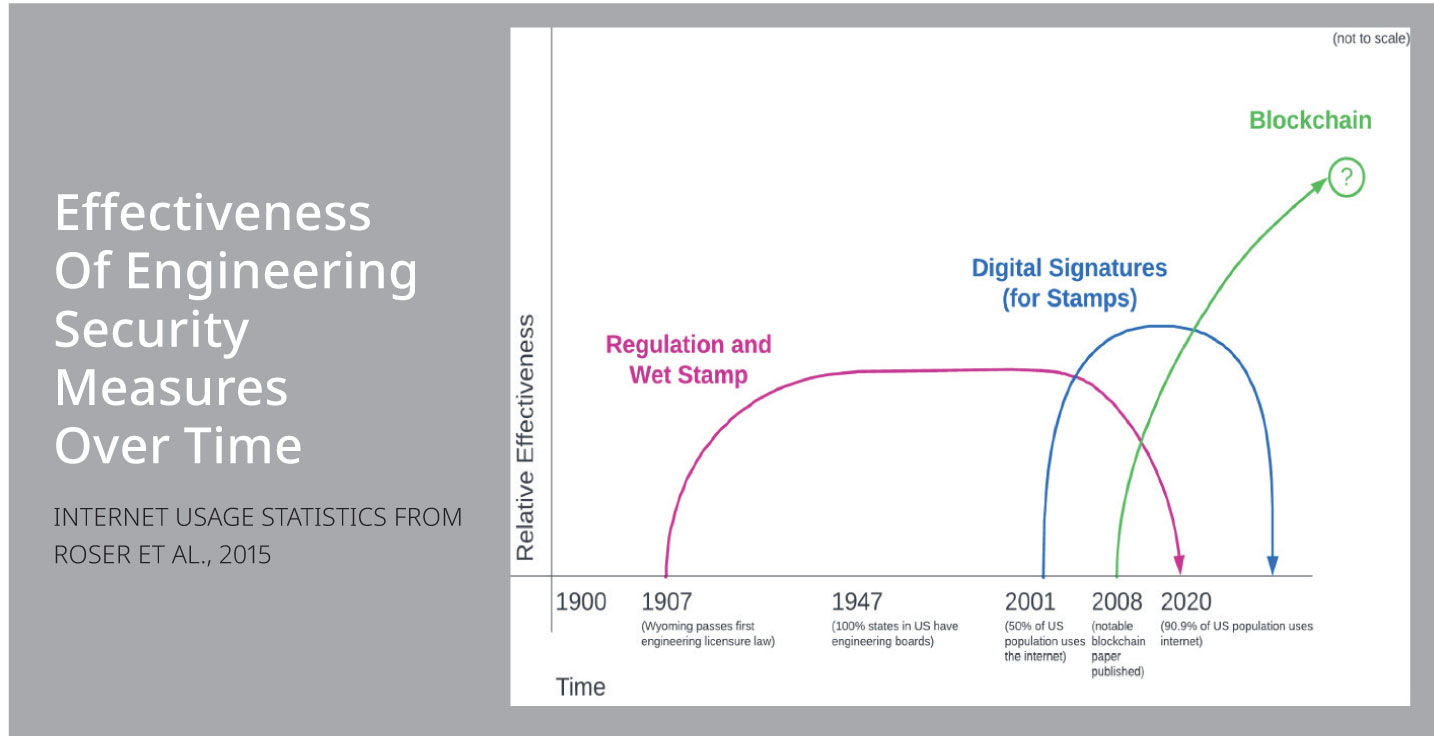September/October 2017
Communities: Construction
Human Behavior Affects Construction Disputes As Much As Physical Factors
While the cost and duration of construction disputes has decreased, a recent report revealed that reoccurring reasons for disputes are related to human behavior as much as physical factors such as design errors. This is due to a lack of ability or willingness from those involved in a project to compromise and resolve these disputes as soon as possible.
The Arcadis Global Construction Disputes Report 2017 also examined the top causes of disputes, the most popular methods for dispute resolution, and facts on the status of disputes across the globe.
The report, based on the experience of Arcadis’ contract solutions business in 2016, revealed the most common causes for construction disputes stem from the following:
- A failure to properly administer the contract;
- Poorly drafted or incomplete and unsubstantiated claims;
- Failure of an employer, contractor, or subcontractor to understand or comply with its contractual obligation;
- Errors and omissions in the contract document; and
- Incomplete design information or employer requirements (for design-build or design-and-construction projects).
These causes are most commonly resolved through party-to-party negotiation, arbitration, or mediation.
The study also gave insight into construction disputes in North America. Although the value and cost of disputes dropped in 2016 for the third consecutive year, the average time it took to resolve these disputes increased by over two months. This average is over a month longer than the global average. Many of the projects are predicted to have nontraditional delivery methods like design-build, public-private-partnership, and construction manager as general contractor.
“While it is good news the average value of disputes has dropped, it’s concerning they are taking longer to resolve in North America,” said Roy Cooper, contract solutions senior vice president at Arcadis. “Our report shows the recurring reasons for disputes, or ‘pitfalls,’ have as much to do with human emotions that can impede settlements as they do with physical factors such as differing site conditions and design errors.”


 Volunteering at NSPE is a great opportunity to grow your professional network and connect with other leaders in the field.
Volunteering at NSPE is a great opportunity to grow your professional network and connect with other leaders in the field. The National Society of Professional Engineers (NSPE) encourages you to explore the resources to cast your vote on election day:
The National Society of Professional Engineers (NSPE) encourages you to explore the resources to cast your vote on election day:


